Identify a Pest

Bad Bag
Bed bugs are tiny bugs that live in beds and furniture. They don’t spread diseases, but their bites can be troublesome. When they bite, they suck blood, which can lead to itchy skin rashes, allergies, and sometimes infections. Having bed bugs can also make you feel stressed and worried. If bed bugs get into your house, they are hard to get rid of and can take a lot of time and effort to completely eliminate.
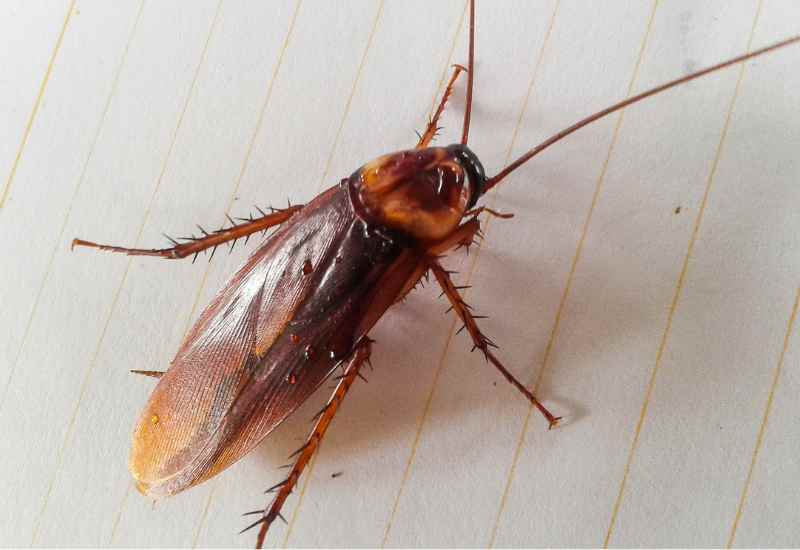
cockroach
Cockroaches are harmful pests. They crawl through dirty areas and bring germs into homes, spreading them from kitchens to bathrooms and bedrooms. Their saliva, urine, and droppings can cause allergies and asthma, especially in children. When they touch food or surfaces, they can cause irritation, swelling, and sometimes infection

Ant
Ants usually don’t bite unless their nests are disturbed, and their bites are not painful. Big-headed ants don’t harm buildings, but sometimes they can slightly damage well-kept lawns
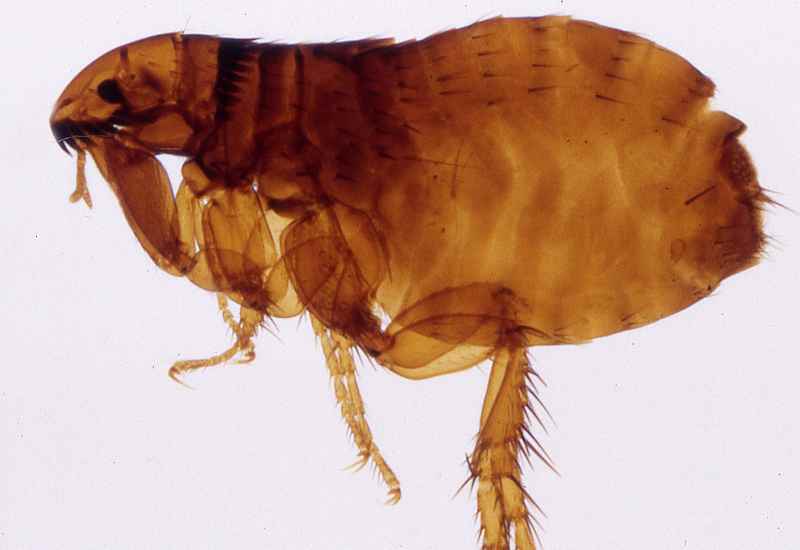
cockroach
Fleas, both male and female, bite and feed on blood, leaving itchy, red spots. They can spread diseases like plague and typhus to humans. Fleas often infest homes through pets, but wild animals like raccoons or skunks can also bring them in. The most common household fleas are Dog fleas and Cat fleas

Wasp
Wasps have stingers for defense and can sting multiple times, unlike bees. Their stings, which inject venom, are very painful and can be dangerous for people with allergies. Usually, wasps only attack if their nests are disturbed

Fly
House flies live near humans and are not just annoying but also spread diseases. They can carry germs that cause illnesses like typhoid and cholera because they breed in dirty places. These flies can transfer these germs to food and surfaces through their bodies and mouths
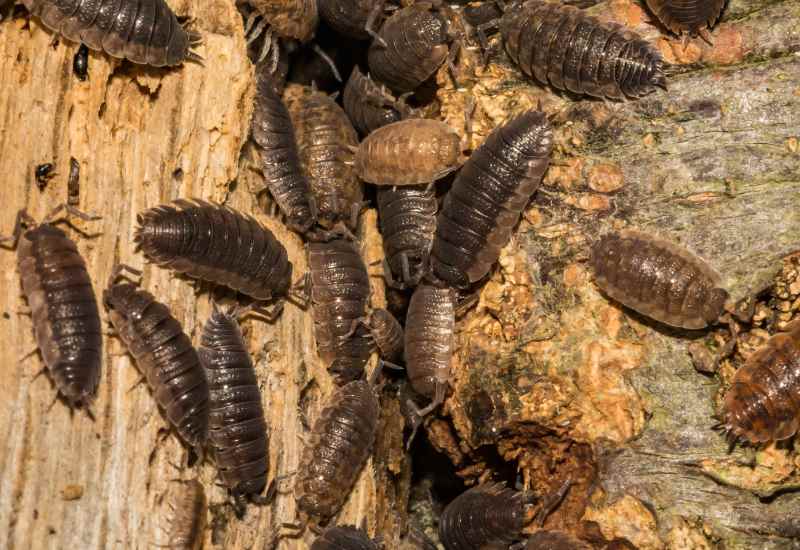
Sowbug
Pillbugs and sowbugs eat young plants and roots in gardens and can damage fruits like strawberries and melons. They can be a big problem in greenhouses. Inside houses, they are harmless but don’t survive long. To keep them out of your home, control moisture by fixing leaks, insulating pipes, and using a dehumidifier
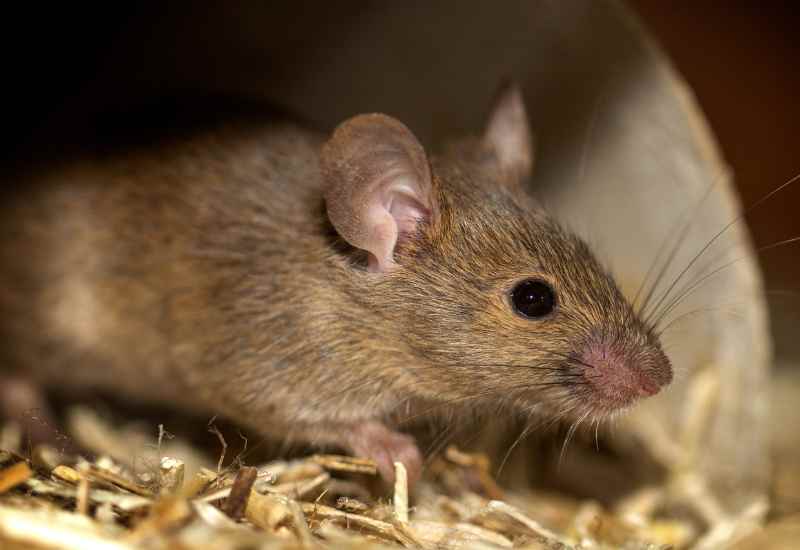
Mouse
House mice are a big problem in buildings, causing damage and unclean conditions. They are health risks because they can carry diseases like salmonella (food poisoning), leptospirosis, and typhus. They also bring parasites like fleas, roundworms, and mites, especially through food contamination and close contact with people

Spider
Spiders, with eight legs and up to eight eyes, are mostly helpful but can be pests. They like quiet places like attics, basements, and closets to make webs for catching food. Spiders can enter homes through broken window screens or cracks in walls.

Ticks
The black-legged tick, also known as the deer tick, is famous for its dark legs. It’s a major carrier of Lyme disease, a condition that can be quite serious if not diagnosed and treated early. These ticks are often found in wooded and grassy areas and can attach to humans and animals for a blood meal
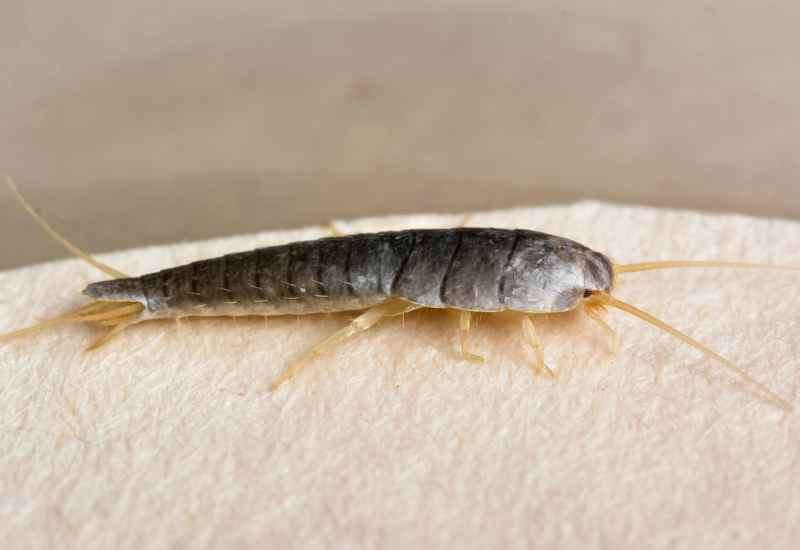
Silver Fish
Silverfish, which love starch and sugar, damage items like books, carpets, clothing, and wallpaper. They’re harmless to humans but can contaminate food with their droppings. These small, fast-moving insects can be hard to eliminate once they’re in your home. They’re sneaky, but you might notice their presence by small holes in wallpaper or yellow stains on fabrics.
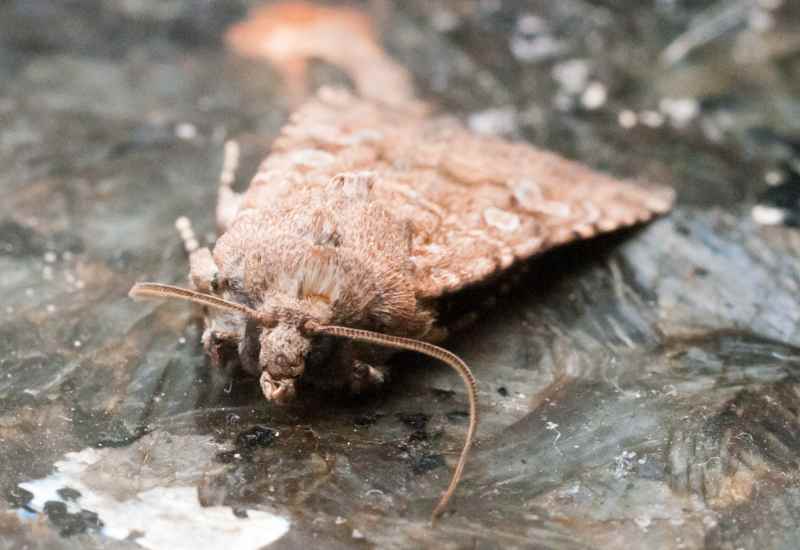
Pantry moth
Pantry moths are small, brownish insects that infest food storage areas. They are attracted to grains, flour, cereals, and dry foods. These moths lay eggs in food, leading to infestations. While they don’t harm people, they can spoil food, making it unfit to eat. To prevent them, keep food in airtight containers and regularly clean your pantry.
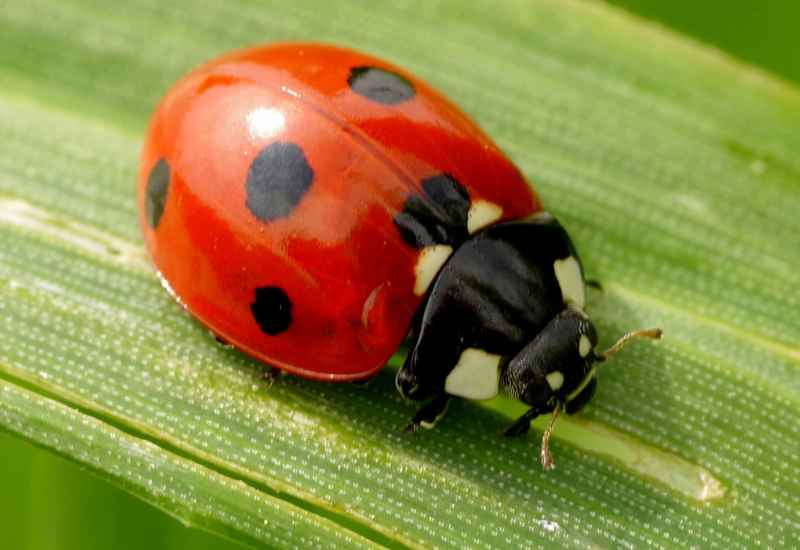
Ladybug
Ladybugs are known for their distinct red and black spotted appearance. They are beneficial in gardens as they eat pests like aphids. However, in large numbers, ladybugs can become a nuisance, especially when they enter homes in search of warmth during colder months. Inside, they don’t harm humans or property, but their presence can be bothersome. Ladybugs release a yellow fluid when disturbed, which can leave stains on surfaces
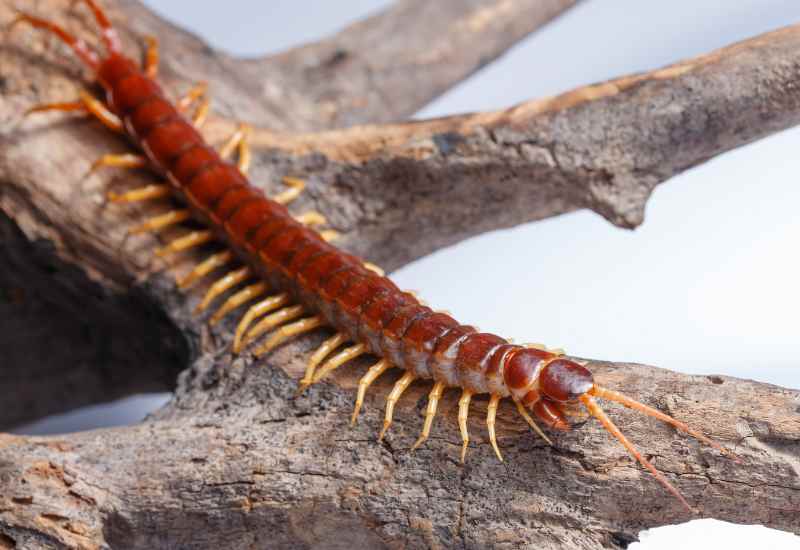
Centipede
Centipedes, which are often harmless to humans, have the ability to bite. They use their venom to kill their prey. If a human is bitten, it can result in some pain and swelling in the affected area. However, such incidents are not common, as centipedes generally avoid contact with humans and only bite as a defense mechanism.
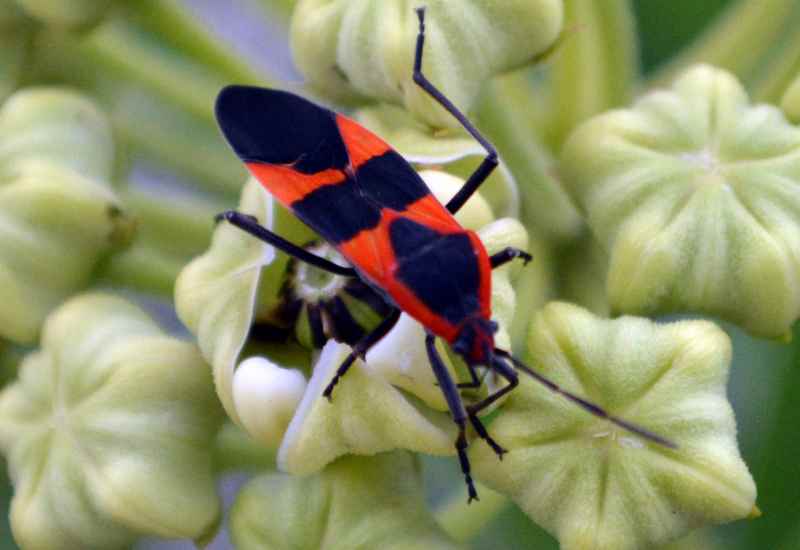
Boxelder Bug
Boxelder bugs, often found near boxelder trees, especially female trees, can be a nuisance around homes. They enter buildings through small openings to find a place to stay during winter. Inside, their droppings can stain curtains, furniture, and clothes red. If crushed, these bugs release a bad smell.

Clothes Moths
Clothes moths, while not harmful to people, can damage clothes, carpets, and items made of natural fibers. They are a concern for personal belongings
